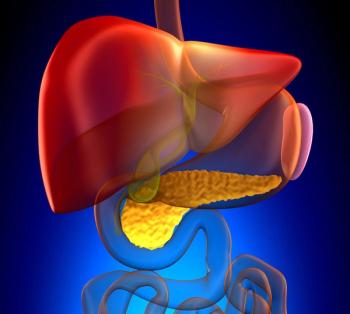
Lack of Physical Activity Associated with High Mortality in Cancer Survivors
A combination of sitting for longer periods a day and a lack of physical activity resulted in a higher risk of death than those who partook in physical activity.
A sedentary lifestyle combined with a lack of physical activity was highly prevalent among survivors of cancer in the United States and was associated with a high risk of all-cause mortality, according to a study published in JAMA Oncology.
With a follow-up of up to 9.0 years, survivors who had a higher sitting time had an increased all-cause mortality. Investigators adjusted for covariates and leisure-time physical activity (LTPA) and reported that the hazard ratios for all-cause, cancer specific, and noncancer mortality, those who sat for 8 hours or more a day, compared with 4 hours or less per day were 1.81 (95% CI, 1.05-3.14), 2.27 (95% CI, 1.08-4.79), and 1.54 (95% CI, 0.72-3.31), respectively. Every 1 hour increase in sitting time per day was associated with an increased risk of death by 7%, 9%, and 5% for all-cause, cancer-cancer specific, and noncancer mortality,respectively. Those who were physically active had a lower risk of all-cause (HR, 0.34; 95% CI, 0.20-0.60), cancer-specific (HR, 0.32; 95% CI, 0.15-0.70), and noncancer mortality (HR, 0.36; 95% CI, 0.19-0.68) compared with survivors who were inactive. Among patients whose activity level was defined as being insufficient or inactive, or who had a longer sitting time, investigators reported an association with all-cause (HR per 1-hour increase, 1.08; 95% CI, 1.04-1.12) and cancer-specific mortality (HR, per 1-hour increase, 1.09; 95% CI, 1.04-1.15).
“In this prospective cohort study of a nationally representative sample of US cancer survivors, the combination of prolonged sitting with lack of physical activity was highly prevalent and was associated with increased all-cause and cancer mortality risks. This study has provided new evidence that sedentary behavior and physical activity should be jointly considered in future observational, epidemiologic, and intervention studies,” the investigators wrote.
A total of 1535 cancer survivors were enrolled in the study, of whom 27.6% being physically active with a LTPA of 150 minutes or more per week. Patients who were female and had a higher socioeconomic status or body mass index reported higher time spent sitting.
Moreover, in the overall population, 950 survivors reported having 0 minutes of LTPA per week and 226 had less than 150 minutes. A total of 553 survivors reported sitting for 6 to 8 hours per day and 328 sat for more than 8 hours per day. Of the survivors that participated in the study, 574 reported having no LTPA as well as sitting for a concurrent 6 hours per day. In total, a total of 293 deaths were reported, with causes including cancer (n = 114), heart disease (n = 41), or other causes (n = 138).
Patients who were inactive or insufficiently active and sat for 8 or more hours a day, were 5.38 (95% CI, 2.99-9.67) times more likely to die from all-cause mortality than those who were active and sitting for less than 6 hours a day. Investigators noted this was similar for cancer and noncancer deaths and was consistent with obesity-related and non-obesity-related cancer. Results were similar to those found during the sensitivity analysis at the 2-year follow-up.
Reference
Cao C, Friedenreich CM, Yang L. Association of daily sitting time and leisure-time physical activity with survival among US cancer survivors. JAMA Oncol. Published online January 6, 2022. doi:10.1001/jamaoncol.2021.6590
Newsletter
Stay up to date on recent advances in the multidisciplinary approach to cancer.


















































































